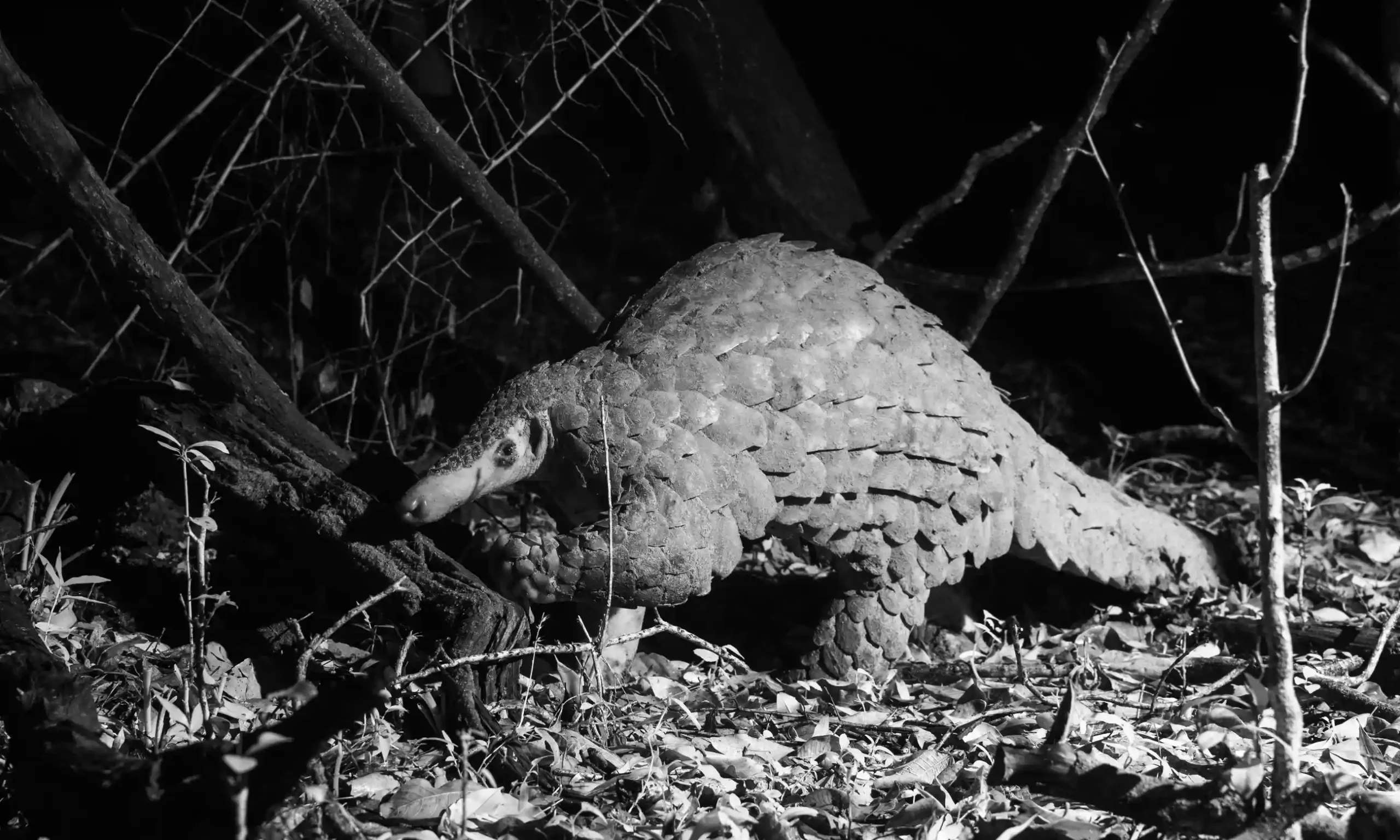
In 2018, a glimmer of hope emerged for the giant ground pangolin in Kenya. After being thought extinct for nearly five decades, a scattering of sightings sparked cautious celebration among conservationists. But the fight to ensure this tiny population survives is far from over.
Pangolins, the world’s most trafficked mammals, face a multitude of threats. Their unique scales, prized in Asian markets for their dubious medicinal properties, have fueled a poaching crisis. Despite a lack of scientific evidence supporting their supposed benefits, an estimated 23.5 tonnes of pangolins and their body parts were trafficked in 2021 alone.
Kenya’s giant ground pangolins are no exception. Little is known about their numbers, with estimates suggesting a mere 30 to 80 individuals remaining in the country. Habitat loss, driven by deforestation for agriculture and charcoal production, further jeopardizes their existence.
The Pangolin Project, a local conservation effort, is on the frontlines of this battle. Working with landowners around the Nyakweri forest, they’re creating safe havens for these elusive creatures. However, convincing farmers to prioritize conservation over their livelihoods proves challenging.
Peter Ole Tompoy, a Maasai elder and leader of the Nyakweri conservancy, understands this dilemma. “Land demarcation has divided the land,” he explains. “Maasai are traditionally nomadic, but now we’re confined to smaller areas, pushing us towards unsustainable practices like deforestation.”
Musuak Ole Kakui, a landowner who relies on maize farming, echoes this sentiment. “Conservation may not earn me the same as selling my harvest,” he says. Striking a balance between protecting pangolins and securing local livelihoods is crucial.
The Pangolin Crisis Fund emphasizes the importance of community-led conservation. “For wildlife to thrive, the people need to thrive too,” says Araluen “Azza” Schunmann, the fund’s director.
The Pangolin Project is taking this message to heart. Their “pangolin guardians” engage with local communities, raising awareness and even helping modify electric fences to make them safer for pangolins.
Claire Okell, the project’s founder, believes in the power of community ownership. “If these pangolins are protected within their own area, the community will feel a sense of responsibility for their survival.”
The rediscovery of the giant ground pangolin in Kenya offered a beacon of hope. But with so few individuals remaining and numerous threats looming, their future hangs precariously in the balance. Only through collaborative efforts that address both conservation needs and local concerns can these remarkable creatures truly be given a fighting chance.
